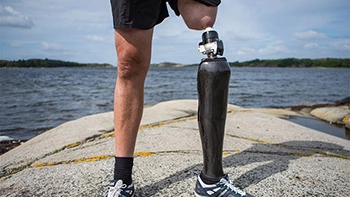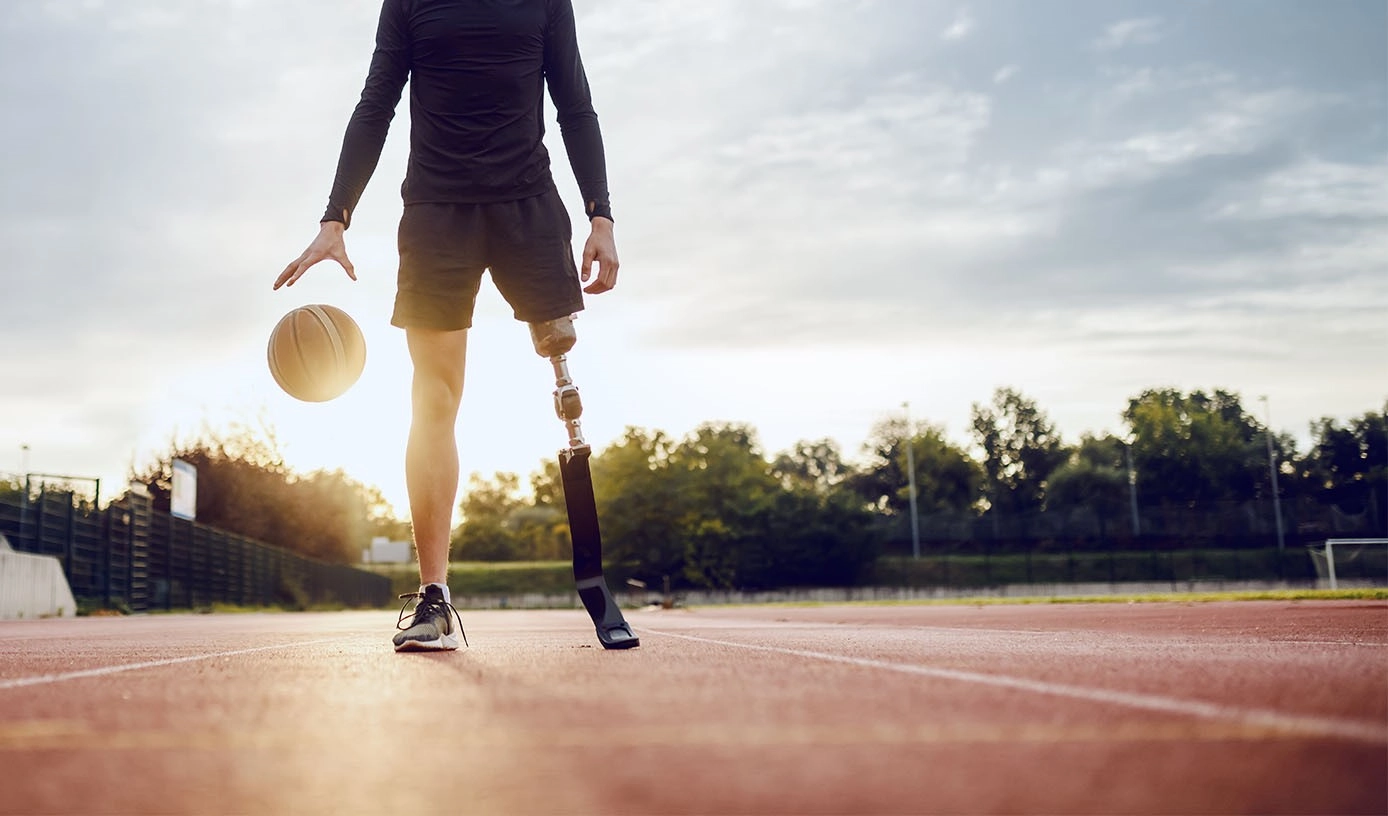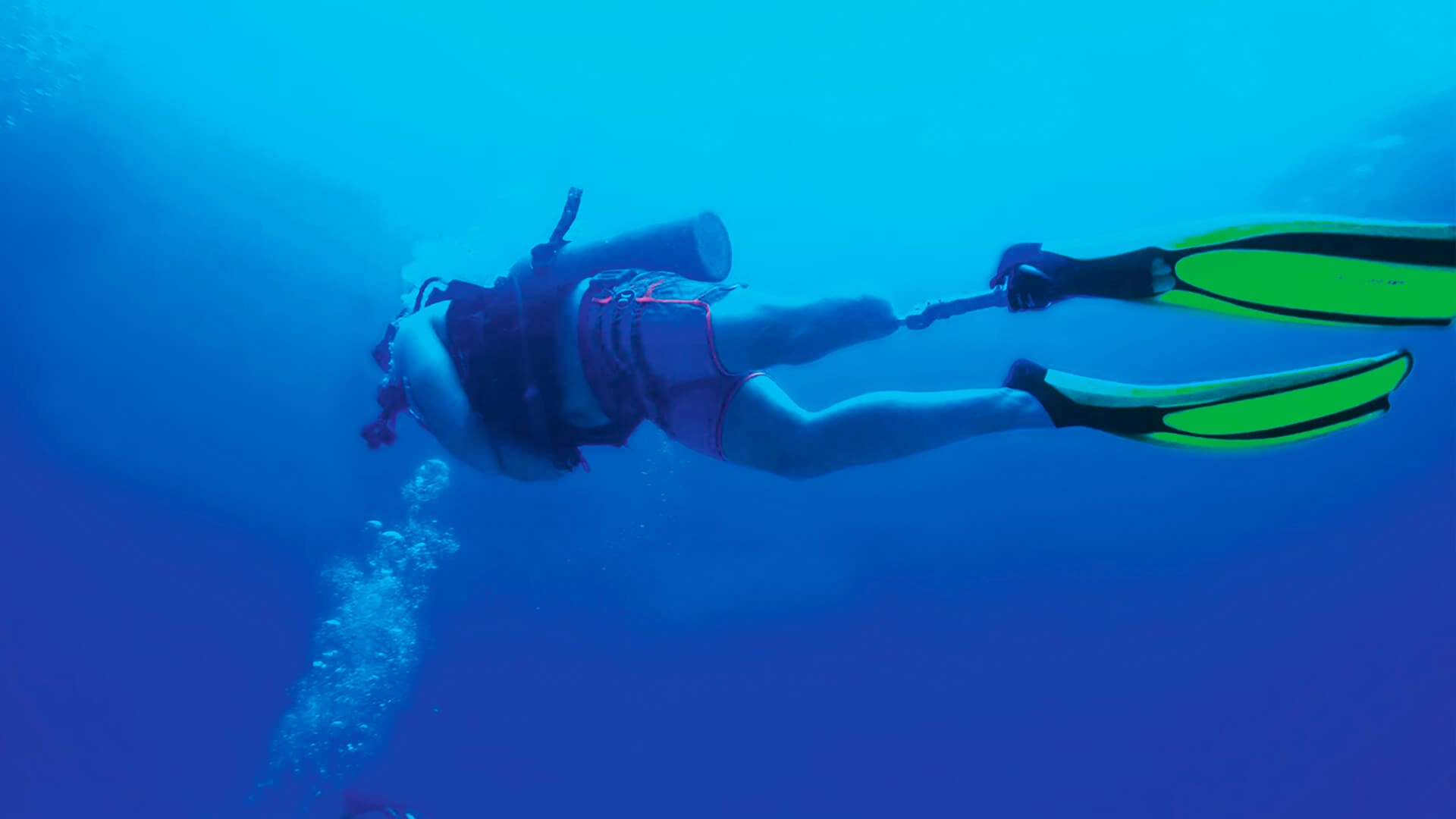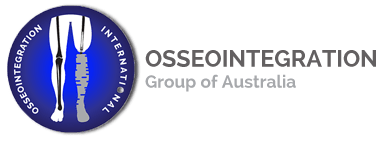Benefits
Risks
The advantages of osseointegration and the OGAP-OPL implant are:
Freedom of movement
Movement is not restricted by the corners of a socket, allowing for greater comfort when sitting, standing or walking.
The direct connection between the femur, the implant and the knee allows natural movements.
No lace / No suction
Neither the fit nor the functionality of the prosthesis are affected by variations in weight or the presence of fluids in the residual limb.
There is no bulge like the lace prosthesis, resulting in a better appearance under clothing.
Quick and safe anchoring
Its safety mechanism protects the bone from torsional trauma.
Osteoperception / Proprioception
The ability to feel the ground and differentiate between surface types is restored, allowing for safe mobility in unfamiliar or dimly lit places.



The risks of the osseointegration procedure are:
However, although fractures can slow recovery, long-term results are comparable.
In Sydney, possibility of bone fracture in 10% of cases.
Complications related to the surgical procedure: anesthesia, cardiac, pulmonary, renal complications and even death.
Infections, in fact the presence of superficial soft tissue infection during the first weeks after the procedure is possible.


